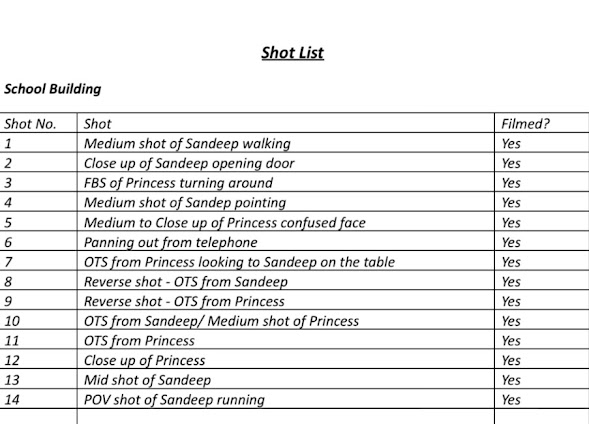Cinematography Blog Tasks Opening Sequence Analysis
Cinematography Blog Tasks
Opening Sequence Analysis
I’ve chosen the opening sequence of Stranger Things Season 1, Episode 1
https://youtu.be/yjmDBKyemUw?feature=shared
1) Analysis of Cinematography in the Opening Sequence
Camera Shots:
- Establishing Shot (ES): The sequence opens with a wide establishing shot of the Hawkins National Laboratory. This shot gives the audience a sense of a mysterious setting, which hints at something sinister.
- Close-Up (CU): Close-up of the door coming in from a long shot, heightening tension and sense of terror.
- Extreme Close-Up (ECU): An extreme close-up on a character's hand pressing buttons builds tension, emphasizing the urgency and desperation.
- Close-up (CU): the character's facial expressions are evidently seen, creating sympathy for him.
Camera Angles:
- High Angle: When the character is seen running down the hallway, the high-angle shot makes him appear vulnerable as if he is being watched by a lurking presence.
- Low Angle: Later, when the camera looks up at the ceiling as lights flicker ominously, it gives the impression of an unseen, powerful force in control.
Camera Movements:
- Tracking Shot: The camera tracks the character as he move nervously through the lab. This movement immerses the audience in their fear and makes it feel like they are being chased alongside the character.
- Tilt: The camera tilts down to reveal something left uneen, which builds suspense by only showing hints of the threat.
2) How Camerawork Gives Clues About Setting, Narrative, and Character
Setting: The establishing shots of Hawkins Lab surrounded by darkness and forested areas create an isolated, creepy atmosphere, hinting at the horror elements of the show.
Narrative: The close-ups and extreme close-ups on scared expressions and details like flashing lights establish the narrative as suspenseful and full of mystery. These clues foreshadow an unknown threat and suggest that something supernatural or dangerous is taking place.
Character: Through close-ups on the characters' anxious faces and their quick, nervous movements, the cinematography helps the audience feel their fear and urgency. The use of low angles and high angles also emphasizes the vulnerability of the characters compared to the unseen forces they face.
3) Still Image Analysis
Still image of Eleven from Stranger Things
Shot Type: The image is a Medium Close-Up (MCU) of Eleven, showing her face and shoulders. This framing allows the audience to focus on her expression, which conveys both vulnerability and strength.Angle: The camera is positioned at Eye Level, aligning the audience’s perspective directly with Eleven’s. This angle creates a sense of intimacy and empathy, inviting the audience to see the world from her perspective.
Audience Impact: This choice allows the audience to connect with Eleven on a personal level, as her facial expression and gaze communicate her inner struggles and emotions. The eye-level angle makes her relatable, emphasizing her human qualities despite her supernatural abilities.


Comments
Post a Comment